What makes a “bad” movie good?
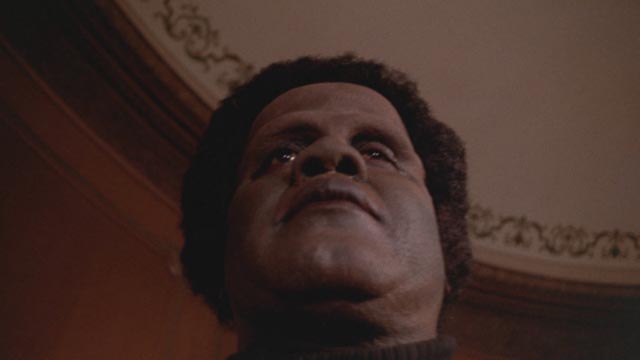
I freely admit to a taste for bad movies. But that term requires some parsing. A truly bad movie is one which is boring and unwatchable, one which has nothing to offer the viewer. For me, a worthwhile bad movie is one in which the filmmaker’s abilities fall far short of his or her ambition. Intention is all-important. There are countless movies made by people who don’t really care about what they’re doing, dull reiterations of generic cliches made with no interest or energy. But a filmmaker whose enthusiasm keeps him going despite inadequate skills and resources is capable of producing something interesting, or at the least entertaining.
It’s this kind of drive which draws me to the work of people like Ed Wood and Andy Milligan. They had a passion for what they were doing which transcends their failure to make something resembling a polished mainstream production. While Eddie did his best to reach for that target, Andy reveled in poking a finger in the eye of mainstream standards.
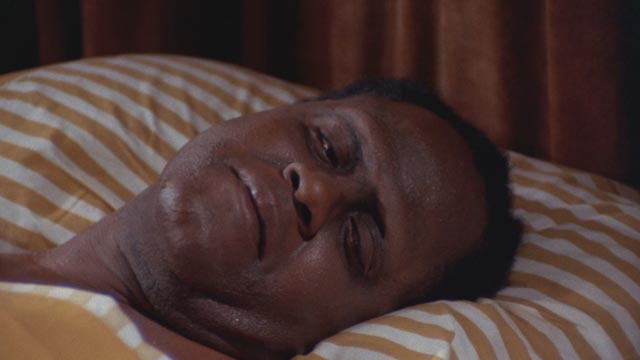
Of course, there’s a strong subjective element in these kinds of judgments. I’m suspicious of the “so bad it’s good” attitude because it seems to be rooted in an impulse to laugh at other people’s failure. (This is why I’ve always despised Mystery Science Theater 3000 and its smug sense of superiority.) I’m more inclined to look at something as interesting or entertaining despite its being objectively “bad” if I can discern glimmers of insight or creativity through the incompetence. (Although again, I’d assert that the supposed failings of someone like Milligan are not actually incompetence, but rather simply a deliberate disdain for commonly accepted standards; Milligan’s camerawork and editing are often very creative and reveal a genuine filmmaker’s imagination.)
All of which is just preamble to offering the opinion that William A. Levey’s Blackenstein (1973) isn’t simply the wretched piece of poverty-row exploitation its reputation suggests. It’s by no means a “good” film by any technical standard; poorly paced, clumsily constructed. But there’s something unexpectedly engaging about it.
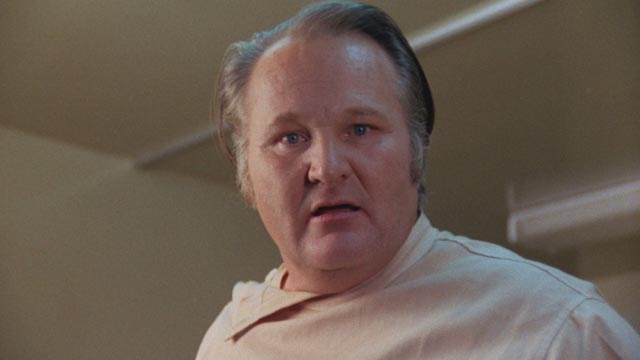
Perhaps most interestingly, despite the title, it isn’t even a genuine blaxploitation movie. Although obviously made to cash in on the success of William Crain’s Blacula (1972), it has none of the racial critique which that movie brought to its revision of the vampire narrative. Despite a predominantly Black cast, race is only tangentially touched on in Blackenstein. Yes, the initial horror deals with a Black soldier who returns from Vietnam without arms or legs, but the ensuing story derives from a sexual triangle and jealousy transforming a decent man into a monster.
When Eddie Turner (Joe De Sue) arrives back Stateside, his fiancee flies to the coast to be with him despite him wanting to sever their ties. She’s Dr. Winifred Walker (Ivory Stone) who on her way to a PhD studied under Dr. Stein (John Hart), who is engaged in experiments with DNA and RNA. She asks the doctor’s help with Eddie and he agrees.
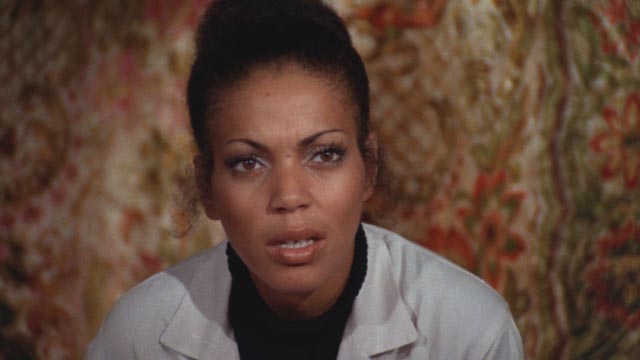
In his West Coast castle, Dr. Stein has been conducting experiments on a couple of willing subjects – a woman in her 90s who, thanks to his regular DNA injections, appears to be in her 50s; and a man to whom he has attached new limbs, using his injections to promote acceptance of the grafts. The DNA shots are unstable and have to be repeated frequently, so he’s been trying to create a more lasting serum with RNA, but this has unexpected side effects, particularly reversion to a more primitive evolutionary state.
After bringing Eddie to the castle, Dr. Stein, with the help of Winifred and his assistant Malcomb (Roosevelt Jackson), attaches new arms and legs, using his DNA shots to speed the bonding process. However, in the middle of these procedures, Malcomb reveals his love to Winifred; when she rejects him, Malcomb switches the riskier RNA serum for the Eddie-specific DNA shots. And Eddie begins reverting, growing a heavy unibrow and gradually losing his personality.
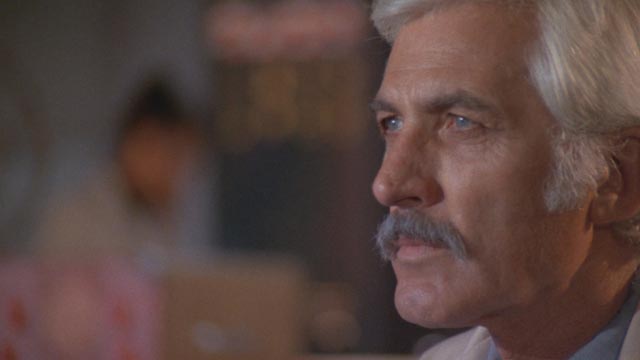
As Stein and Winifred try to control the transformation, Eddie breaks out and lumbers his way back to the VA hospital where he was earlier tormented by a sadistic white orderly. He kills the jerk and then knocks off a few more people on the way back to the castle. With the police on the track of the monster, Malcomb gets his come-uppance and Eddie meets a tragic end.
So what appealed to me about this half-baked attempt to combine an updated version of Mary Shelley’s seminal narrative with exploitable contemporary elements? Surprisingly, it begins with the better-than-expected acting. Hart is okay as the dedicated researcher whose attempts to advance medical knowledge lead to monstrous consequences through no fault of his own. Stone is sincere as a woman who wants to do whatever she can to help the man she loves who has been mutilated horrifically in what may or may not have been willing service in Vietnam.
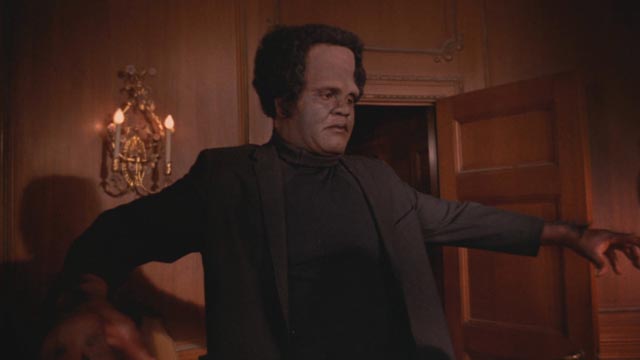
But even better is Roosevelt Jackson, who with very little dialogue suggests a form of madness rooted in his unrequited attraction to Winifred; he has a maliciously mischievous smile as he switches the drugs, knowing that Eddie will be destroyed – another man’s life smashed in order to punish the woman who has rejected Malcomb. And then there’s De Sue as Eddie. Again with almost no dialogue, the actor initially conveys the horror of his mutilation, silently absorbing the abuse of the VA orderly, entirely through looks; there’s a lifetime of pain in his eyes, a Black man who has always had to accept hatred and contempt without showing any overt reaction.
De Sue remains just as expressive later as he partially disappears under Bill Munns’ implausible makeup – deliberately evoking memories of Karloff in James Whale’s Frankenstein (1931) rather than the evolutionary reversion suggested by the dialogue.
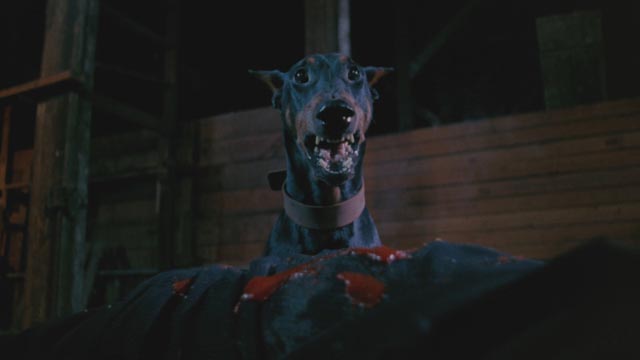
Although William A Levey’s direction lumbers from scene to scene, stitched together with awkward inserts and cuts to the castle exterior (Levey also did the editing), making even the brief 78-minute running time a bit of a chore, individual moments offer genuine emotion, short-circuiting any inclination to laugh at the movie’s shortcomings.
*
Severin have put some real effort into their release, offering two different cuts of Blackenstein: The Black Frankenstein (as the on-screen title has it in case you didn’t get the reference!); the 78-minute theatrical version and the expanded 87-minute home video version. I haven’t watched the latter yet, so can’t say what the differences are.
There are also several interview featurettes dealing with writer-producer Frank R. Saletri, a successful Los Angeles lawyer who had wanted to be an actor and intended to move more into film production before his execution-style murder in 1982 – a crime which still hasn’t been solved. Saletri’s sister June Kirk gives an emotional account of his life and death, while filmmakers Ken Osborne and Robert Dix briefly talk about Saletri as a charming guy whose legal work probably got him too close to mob activity. There’s also a six-minute archival news account of the unsolved murder.
And finally, makeup artist Bill Munns talks about his monster creation, essentially his first major film work (he went on to do makeup effects for Swamp Thing, The Beastmaster and Return of the Living Dead among others).
Comments
I do like a good bad film and agree that the worst thing a movie can be is boring.
I’m in the same camp as you on the “So bad it’s good” thing but I do find there are times when I’m laughing at the picture, rather than with it.
I do like MST3K but I was there from the beginning. It’s locally made, I used to watch the stuff they did before MST3K on the local community channel. I still have some of that material on VHS (transferred to DVDr a few years ago). I do think it changed as it went on, less forgiving maybe. I liked the characters in the first seasons more than the characters in the later seasons. I haven’t watched any episodes in a while. Trouble with too many things to watch, getting back to the old things you still want to re-watch.
One movie night, back in the VHS days, I got paid the rental fee of The Rats are Coming, etc, to take it off the TV. I did finish it and didn’t find enough good there.
Good day out at the used DVD store, The Samuel Fuller Collection for 24 smackaroonies. I just watched It Happened In Hollywood and enjoyed that. Once I finish here I’m going to watch Adventure In Sahara. A few days ago I watched House Of Bamboo and I was just thinking I hadn’t seen much Sam Fuller in my day. Never fell into his sphere I guess. Today I find this and I have 7 more films to watch. Looks like a few extras but no commentaries.
My problem with MST3K may be due to first encountering it through their “feature”, in which they shit all over This Island Earth, a movie which for all its flaws deserved better than their ridicule.
I like a lot of Fuller’s work, but have never been able to subscribe fully to the view that he’s a filmmaking genius. Favourites are The Naked Kiss, Pick-up on South Street, Underworld USA, House of Bamboo, Verboten! … there are others that are really interesting, but I’ve watched The Big Red One several times looking for the “great war movie” his admirers talk about, but it seems like a long collection of really familiar war movie cliches to me.